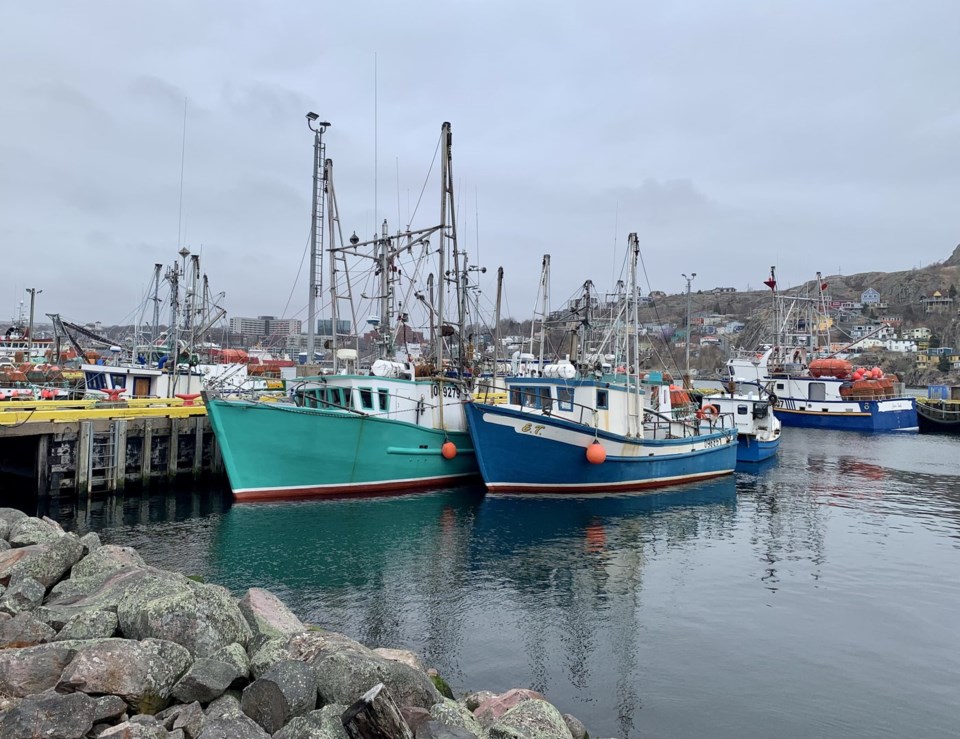ST. JOHN'S — Scientists say they are surprised and “puzzled” by the federal fisheries minister’s decision Wednesday to more than double the catch in this year’s northern cod fishery in Newfoundland and Labrador.
Noel Cadigan modelled the northern cod stock for years as a scientist with Fisheries and Oceans Canada. He said the move to hike catch limits this year doesn’t line up with the precautionary management approach the department says it has adopted for the stock.
“It is not easy to reduce these quotas again,” the associate professor at Memorial University's Marine Institute said Thursday. “You want to be sure that these increases are going to be sustainable over the medium term."
“I don’t see evidence for that,” he added.
Federal fisheries minister Joanne Thompson announced Wednesday that the total allowable catch for the commercial northern cod fishery off Newfoundland and Labrador's east coast would be 38,000 tonnes this year. That's up from 18,000 tonnes in 2024.
For centuries, the northern cod fishery was the backbone of Newfoundland and Labrador's fishing sector and rural economy. But the stock began to collapse and in 1992, the federal government imposed a moratorium on the fishery.
The move resulted in one of the largest mass layoffs in Canadian history.
Ottawa lifted the 32-year-old moratorium last year, drawing criticism from some scientists who say the stock is still trying to recover.
The Fisheries Department's northern cod stock assessment earlier this year was much rosier than the last. It included revised estimates of the stock size and the threshold at which it would struggle to survive.
The chance the stock is above that threshold is greater than 99 per cent, it said. The department has not yet determined a threshold at which the stock would be considered healthy.
If the stock falls between the goalposts for struggling and healthy, it is considered to be in the "cautious" zone. Cadigan noted that according to the department's own guidelines, "fishing must be progressively reduced" on stocks in that zone.
The assessment also said there was a moderate to moderately high chance the stock would decline in the next few years, even if it wasn't fished. Cadigan said Thompson seems to be "gambling" on that not happening.
Tyler Eddy, a Marine Institute research scientist, said the assessment also predicted if fishing levels were doubled this year, there was just a four per cent chance the stock would fall back down past the threshold at which it was threatened by 2026.
But Cadigan said the point should be to avoid that precipice at all costs.
"You're talking about a small risk of a disaster," he said.
Sherrylynn Rowe, also a Marine Institute research scientist, said the data in the latest stock assessment made Thompson's decision surprising. The Fisheries Department's press release Wednesday said the stock has been stable since 2017. Rowe said that also means it hasn't shown any significant growth.
However, she said officials are under a lot of pressure from the local fishing industry to increase quotas and catches. From that perspective, the minister's decision isn't quite as shocking, she said.
"This is a challenge in Canada," she said in an interview. "Within the Department of Fisheries, they have a dual mandate to both protect oceans and fish stocks, but also promote fisheries … It's not always clear how the various objectives are weighted when they make these types of decisions."
This report by The Canadian Press was first published June 19, 2025.
Sarah Smellie, The Canadian Press




